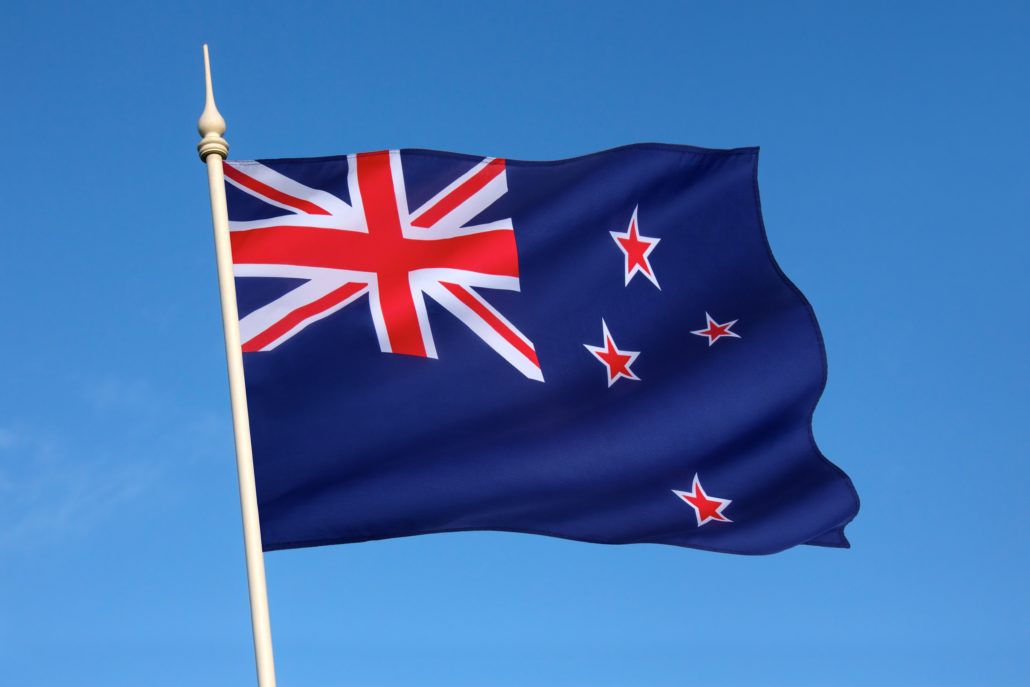The New Zealand supply chain is set to face challenges as it recovers from the devastation caused by Cyclone Gabrielle.
The destructive cyclone, which hit the country’s North Island in early February 2023, has left a trail of destruction in its wake. From damaging infrastructure to disrupting transportation networks. The aftermath of the cyclone has left many communities struggling to rebuild. As a result, experts are warning that the already-stretched supply chain could face further pressure.
The impact of Cyclone Gabrielle on New Zealand’s supply chain is expected to be significant. This is because the country relies heavily on exports of agricultural products, particularly dairy. Disruptions to transportation and infrastructure could have far-reaching consequences for the economy. As well as the continued effort required to rebuild destroyed homes and communities.
The cyclone has caused widespread damage to roads, bridges, and other infrastructure. This is likely to lead to delays and supply chain disruptions. Many communities are without power or water since the cyclone hit. Consequently, this could further impact the distribution of goods.
Mitigating damage to the New Zealand supply chain
To mitigate the impact of the cyclone on the supply chain, the New Zealand government has announced a range of measures. These include the deployment of additional resources to affected areas. For example, temporary road repairs and the provision of emergency supplies. The government has also announced plans to work with businesses and industry bodies to identify potential bottlenecks in the supply chain and develop strategies to mitigate them. This could include measures such as increased stockpiling of critical supplies and the use of alternative transportation routes.
Despite these measures, there are concerns that the impact of Cyclone Gabrielle on New Zealand’s supply chain could be severe. The country’s reliance on exports and the interconnected nature of global supply chains means that even small disruptions can have far-reaching consequences.
In the longer term, experts are calling for greater investment in infrastructure and disaster resilience measures to better prepare for future events. This could include investments in things like flood defences and better weather forecasting. These resources could help to reduce the impact of future disasters on the supply chain.
However, the aftermath of Cyclone Gabrielle serves as a stark reminder of the importance of a robust and resilient supply chain. Particularly in the face of unexpected events. As New Zealand continues to recover and rebuild from the damage caused by the cyclone, it is clear that there is much work to be done to ensure that the country’s supply chain remains strong and stable.
Meer informatie
B2BE delivers electronic supply chain solutions globally, helping organisations to better manage their supply chain processes, providing greater levels of visibility, auditability and control. We’re driven by a passion for what we do, inspired by innovation, and underpinned by a wealth of knowledge. With over 20+ years of experience, the B2BE teams operate worldwide.
Ga voor meer informatie naar www.b2be.com.
